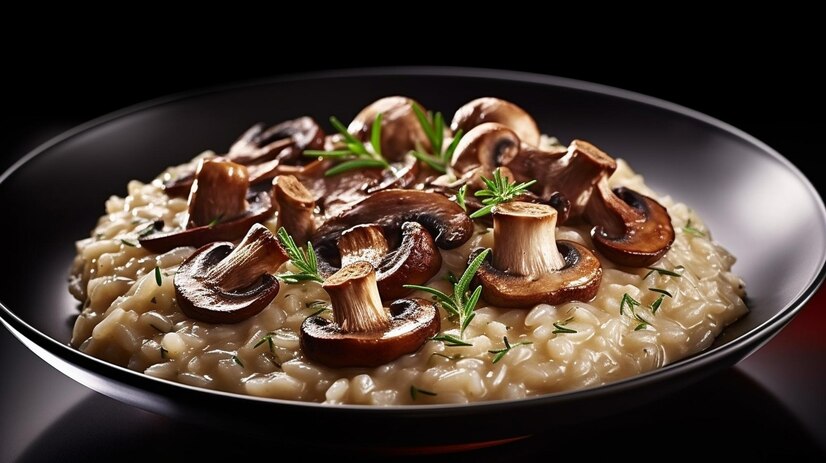Introduction: Unveiling the World of Portabello Mushrooms
Portabello mushrooms, revered for their meaty texture and rich flavor, have long been a favorite among food enthusiasts worldwide. In this article, we delve into the captivating realm of portabello mushrooms, exploring their culinary versatility, health benefits, and tips for incorporating them into your dishes.
Discovering the Origins
Originating from the Mediterranean region, portabello mushrooms belong to the species Agaricus bisporus, the same family as the common white button mushroom. However, unlike their smaller counterparts, portabellos boast a larger cap size and a more robust flavor profile.
Nutritional Profile: A Healthy Indulgence
Despite their indulgent taste and texture, portabello mushrooms are surprisingly low in calories and fat, making them a guilt-free addition to any meal. Rich in essential nutrients such as potassium, phosphorus, and B vitamins, these fungi offer a myriad of health benefits, including improved immune function and heart health.
Culinary Versatility: From Grills to Gourmet Creations
One of the most enticing aspects of portabello mushrooms is their incredible versatility in the kitchen. Whether grilled to perfection as a savory burger alternative, sautéed with garlic and herbs for a flavorful side dish, or stuffed with a delectable filling for an elegant appetizer, the possibilities are endless.
Health Benefits: Nourishing Body and Soul
Beyond their culinary appeal, portabello mushrooms boast an impressive array of health benefits. Their high antioxidant content helps combat inflammation and oxidative stress, while their fiber-rich composition promotes digestive health and satiety. Additionally, studies suggest that regular consumption of mushrooms may contribute to a reduced risk of chronic diseases such as cancer and diabetes.
Cooking Tips: Unleashing the Flavor
To unlock the full potential of portabello mushrooms, it’s essential to employ proper cooking techniques. Start by gently cleaning the mushrooms with a damp cloth to remove any dirt or debris. When slicing, aim for uniform thickness to ensure even cooking. For added flavor, marinate the mushrooms in a mixture of olive oil, balsamic vinegar, and seasonings before grilling or roasting.
Serving Suggestions: Elevating Your Culinary Creations
Whether featured as the star of the dish or incorporated as a complementary element, portabello mushrooms lend a gourmet touch to any recipe. Pair them with creamy risotto for a luxurious vegetarian entree, layer them in a hearty sandwich for a satisfying lunch, or toss them with pasta for a quick and flavorful dinner option.
Conclusion: Embracing the Portabello Experience
In conclusion, portabello mushrooms stand as a testament to nature’s culinary prowess, offering a tantalizing blend of flavor, texture, and nutritional benefits. From their humble origins to their elevated status in gourmet cuisine, these versatile fungi continue to captivate the palates of food enthusiasts worldwide. So why not embark on a culinary adventure and discover the magic of portabello for yourself?
FAQs
Are portabello mushrooms the same as cremini mushrooms?
While both belong to the same species, Agaricus bisporus, portabell’o mushrooms are simply more mature cremini mushrooms, distinguished by their larger size and more robust flavor.
Can I eat portabello mushrooms raw?
While technically safe to consume raw, portabell’o mushrooms are best enjoyed cooked, as cooking helps enhance their flavor and digestibility.
How should I store portabell’o mushrooms?
Store fresh portabell’o mushrooms in a paper bag in the refrigerator, where they can stay fresh for up to one week. Avoid storing them in plastic bags, as this can cause them to become slimy.
Are portabello mushrooms suitable for vegetarians and vegans?
Yes, portabello mushrooms are an excellent plant-based protein option for vegetarians and vegans, offering a meaty texture and satisfying flavor.
Can I freeze portabello mushrooms?
While you can freeze portabello mushrooms, it’s best to cook them first to preserve their texture. Simply sauté or roast them, allow them to cool, then transfer to an airtight container or freezer bag for storage.







